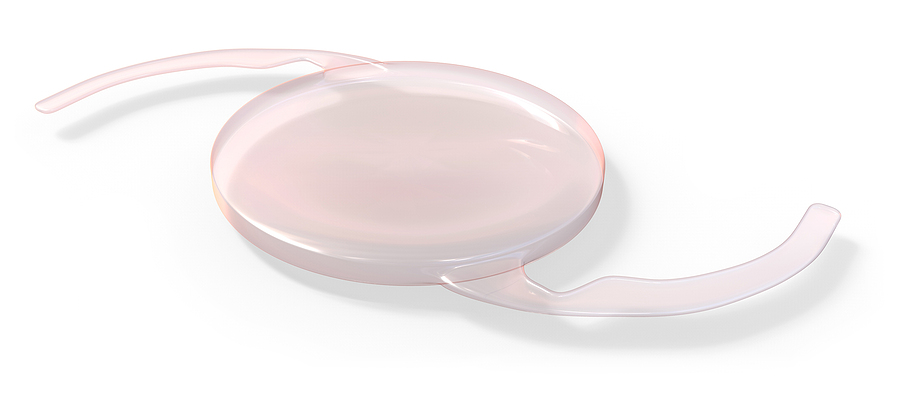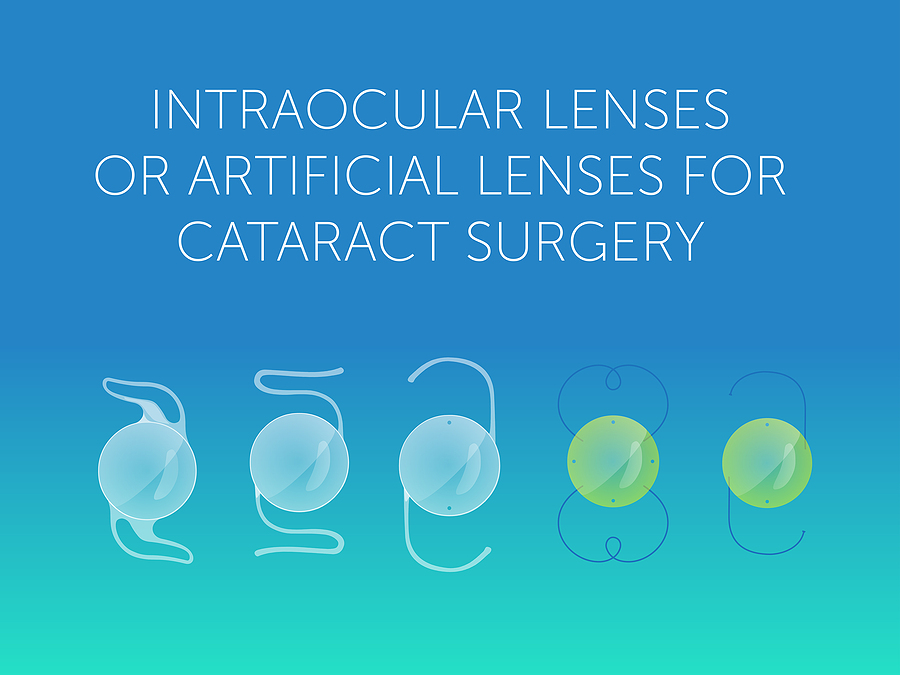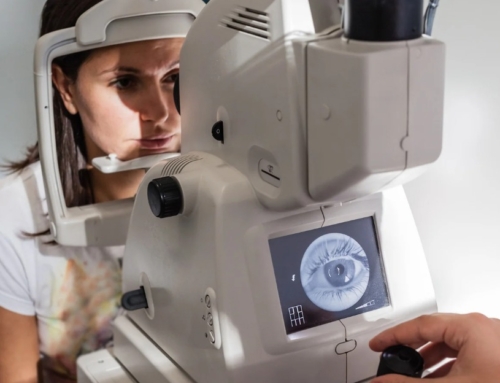Understanding Refractive Lens Exchange (RLE)
As we age, changes in our vision become more apparent, especially when it comes to focusing on objects up close. Presbyopia, a common age-related condition, affects nearly everyone over the age of 40, making tasks like reading small print or using a smartphone more challenging. While reading glasses or bifocals are traditional solutions, many people seek a more permanent and convenient option. Refractive lens exchange (RLE) offers a modern solution to this problem, and Dr. Valeria Rubinstein, a top doctor ophthalmologist based in New York City, can help with this life-changing procedure.
Refractive lens exchange, also known as lens replacement surgery, is a procedure that involves replacing the eye’s natural lens with an artificial intraocular lens (IOL). This surgery is similar to cataract surgery but is performed primarily to correct refractive errors and presbyopia rather than to remove a cloudy lens.
Who Can Benefit from RLE?
RLE is an excellent option for individuals who:
- Have Presbyopia: Struggling with the need for reading glasses or bifocals due to presbyopia.
- Have Refractive Errors: Want to correct nearsightedness, farsightedness, or astigmatism.
- Are Not Candidates for LASIK: Those who may not be suitable for LASIK or other laser vision correction procedures due to thin corneas or high refractive errors.
How RLE Works
During RLE, Dr. Rubinstein carefully removes the eye’s natural lens and replaces it with an artificial lens implant (IOL). The IOL is customized to correct the patient’s specific refractive errors and can also address presbyopia. The procedure is typically performed on an outpatient basis, with one eye treated at a time.
Lens Options for Presbyopia
One of the key advantages of RLE is the variety of intraocular lens (IOL) options available, each designed to meet specific vision needs:
1. Monofocal IOLs
Monofocal IOLs are designed to provide clear vision at one distance, usually set for either near, intermediate, or far vision. Patients with monofocal IOLs may still need glasses for certain tasks, such as reading or driving.
2. Multifocal IOLs
Multifocal IOLs are designed with multiple zones that allow the eye to focus at different distances. These lenses help reduce or eliminate the need for reading glasses or bifocals by providing good vision at near, intermediate, and far distances.
3. Accommodating IOLs
Accommodating IOLs are designed to move slightly within the eye, mimicking the natural focusing ability of the eye’s lens. These lenses can provide a range of vision, from near to far, with less dependence on glasses.
4. Extended Depth of Focus (EDOF) IOLs
EDOF IOLs are a newer type of lens that provides a continuous range of vision, particularly in intermediate and far distances, with a reduced need for reading glasses. They offer improved contrast sensitivity and a lower risk of visual disturbances, such as halos and glare.
5. Toric IOLs
For patients with astigmatism, toric IOLs are a specialized option that can correct both presbyopia and astigmatism, providing clear vision at various distances without the need for additional corrective lenses.
Dr. Valeria Rubinstein: Expert in Refractive Lens Exchange
Dr. Valeria Rubinstein, based in New York City, is a leading ophthalmologist with extensive experience in refractive lens exchange. Her personalized approach ensures that each patient receives the best possible outcome tailored to their unique vision needs.
Consultation and Personalized Assessment
Dr. Rubinstein begins the RLE process with a comprehensive eye examination and consultation. During this initial visit, she evaluates your vision, eye health, and lifestyle needs to determine if RLE is the right option for you. She also discusses the different IOL options available, helping you choose the lens that best suits your vision goals.
The RLE Procedure
The RLE procedure is performed in a state-of-the-art surgical facility. Dr. Rubinstein uses advanced techniques and technology to ensure precision and safety. The surgery itself is quick, typically taking around 15-30 minutes per eye, and is done under local anesthesia. Most patients experience minimal discomfort and can return home the same day.
Post-Operative Care and Recovery
After the procedure, Dr. Rubinstein provides detailed instructions for post-operative care, including the use of eye drops and activity restrictions. Follow-up appointments are scheduled to monitor healing and ensure optimal results. Most patients notice an improvement in their vision within a few days, with full recovery in a few weeks.
Benefits of RLE with Dr. Rubinstein
- Permanent Vision Correction: RLE provides a long-term solution to presbyopia and other refractive errors, reducing or eliminating the need for glasses.
- Customizable Treatment: With a variety of IOL options, Dr. Rubinstein can tailor the treatment to meet your specific vision needs.
- Comprehensive Care: Dr. Rubinstein offers personalized care throughout the entire process, from consultation to post-operative follow-up, ensuring the best possible outcome.
Conclusion
Refractive lens exchange is a highly effective solution for those seeking to correct presbyopia and other refractive errors without the need for glasses or contact lenses. Dr. Valeria Rubinstein, an expert ophthalmologist in New York City, provides personalized care and advanced surgical techniques to help patients achieve clear, comfortable vision. If you’re considering RLE, scheduling a consultation with Dr. Rubinstein can be the first step towards a future of improved vision and greater freedom from corrective lenses.








